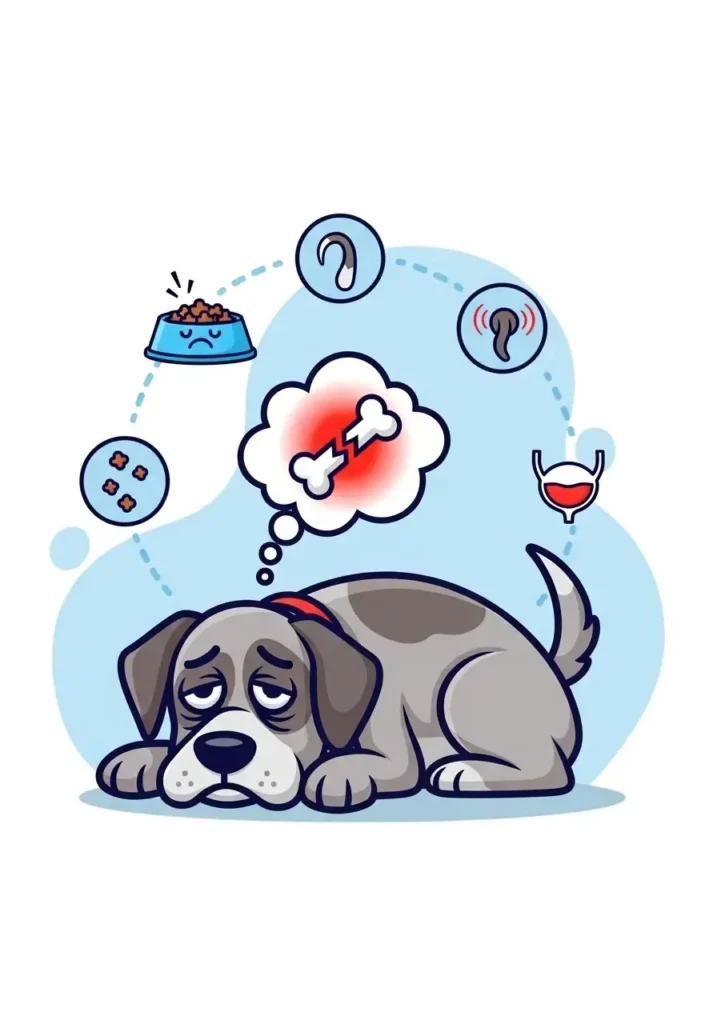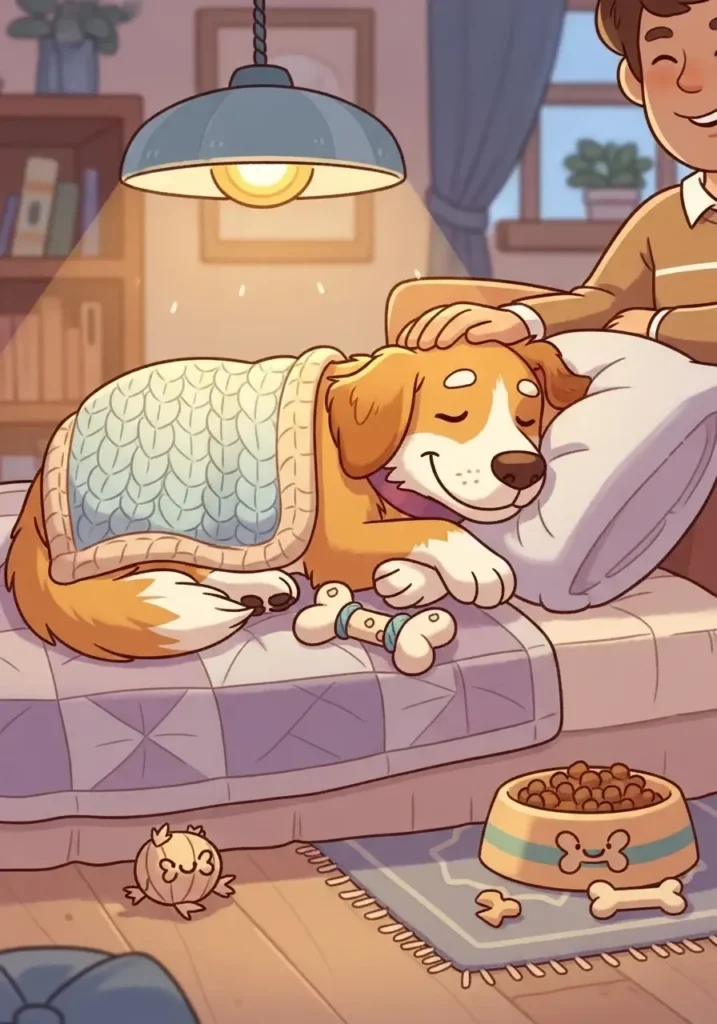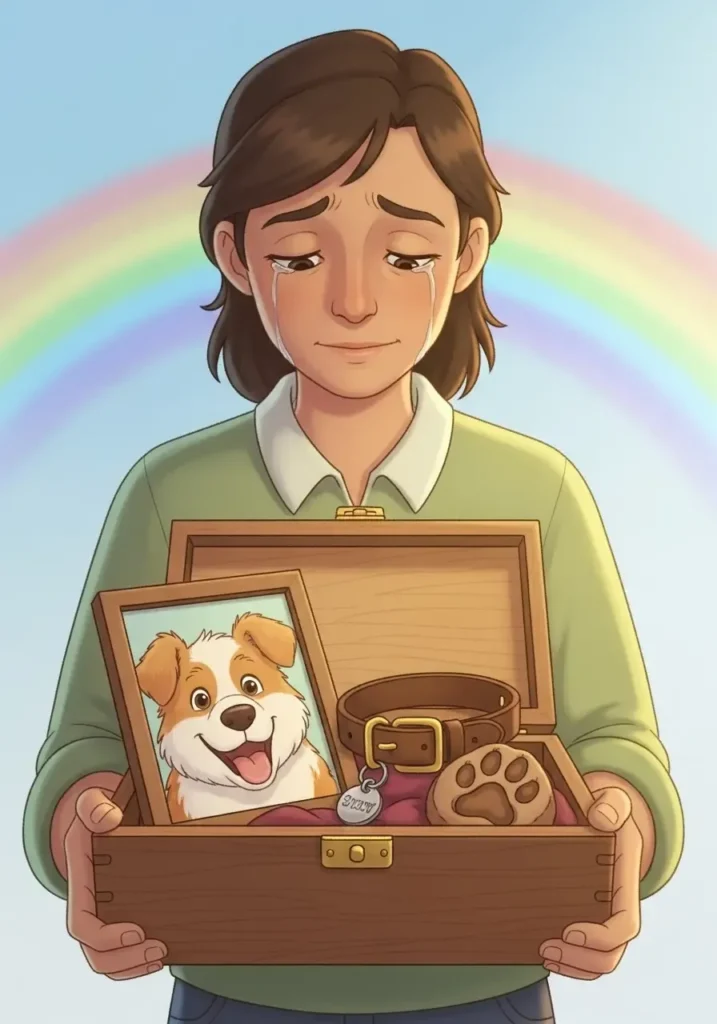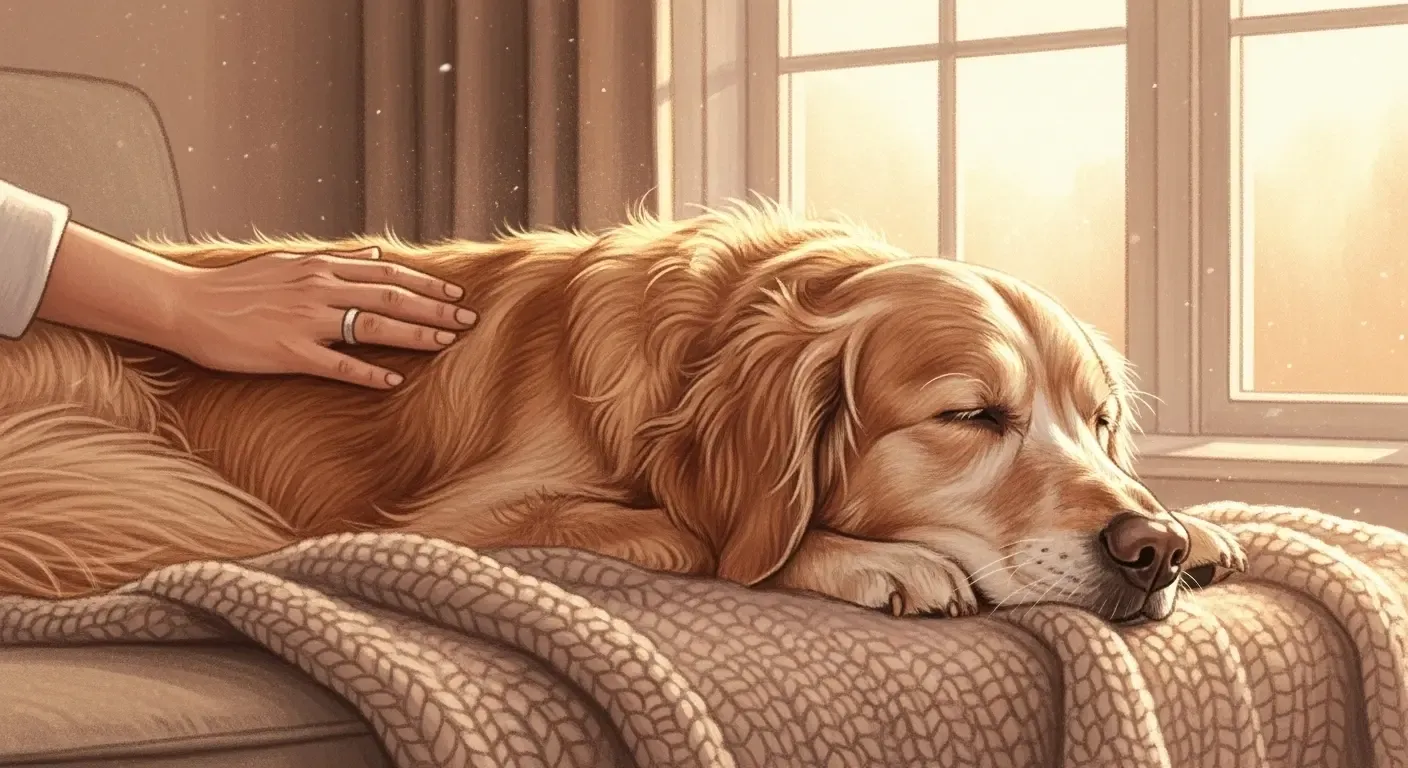Hey, friend. If you’re reading this, chances are your sweet dog isn’t quite the lively, tail-wagging ball of joy they used to be—and honestly, that gut-wrenching feeling in your chest? I know it well.
Watching your best friend slow down, lose their sparkle, and become fragile is one of the most painful experiences a dog parent can face. It’s heartbreaking, confusing, and sometimes downright scary.
But here’s the thing—understanding how to recognize when your dog is nearing the end can help you feel a little more prepared and, most importantly, give you the tools to make their final days filled with love and comfort.
So, pour yourself whatever helps you get through tough moments, and let’s gently walk through the signs to watch for, what steps to take, and how to be the kind, caring sidekick your pup needs now more than ever.
Key Takeaways:
Watch for lethargy, appetite changes, breathing problems, incontinence, and loss of interest.
Prioritize your dog’s comfort with cozy spaces and tasty food tweaks.
Know when to consult your vet about pain management or euthanasia.
Dogs might sense their own end — or maybe not, but they definitely feel your love.
Plan ahead for burial or cremation and consider memorial options.
Take care of your own emotional health too.
1. How to Spot the Signs Your Dog Is Nearing the End

Okay, first things first. How do you really know your dog is close to saying goodbye? Spoiler: It’s not always obvious, and sometimes it’s super subtle. But here are some key signs that your dog’s body and behavior might be telling you something big is happening.
Lethargy That’s More Than Just “Old Dog Tired”
We all know dogs slow down as they get older — my dog’s version of a wild Friday night is now a slow blink from the couch. But when your dog suddenly refuses to get up, even for their favorite treat or walk? That’s a red flag.
If your dog is more lethargic than usual, not interested in anything, and just “checks out” of life, it’s time to have a serious chat with your vet.
Appetite? More Like App-‘no’-tite
Dogs usually love food — unless they don’t. A significant loss of appetite can be a major warning sign. Now, if your dog’s suddenly giving you the cold shoulder at dinner time, it might mean they’re in pain or feeling really unwell.
Here’s a little trick from my own experience: try mixing things up with wet food, some gravy, or even home-cooked meals. Sometimes, it’s not about the “end,” just that their taste buds are acting up. But if they keep refusing food, don’t ignore it.
Breathing Changes — The Quiet Cry for Help
Have you noticed your dog breathing faster, slower, or just different? Changes in breathing like shallow breaths, wheezing, or heavy panting can mean their body’s struggling.
Breathing issues should always get a vet check. Sometimes it’s manageable; sometimes it’s a sign your dog’s time might be near. Either way, vets can often help ease the discomfort.
Incontinence: Not a “Bad Dog” Problem
If your pup is suddenly losing control over their bladder or bowels, don’t jump to conclusions about “bad behavior.” This is usually about loss of muscle control in aging or very sick dogs.
Keep a clean towel handy, and try not to stress about it. Your dog definitely isn’t doing it to annoy you — they just can’t help it.
Loss of Interest in Life (And You)
This one’s heartbreaking. If your dog no longer wags their tail when you walk in, stops playing with their favorite toy, or just seems “checked out,” they might be telling you something.
It’s like they’re slowly saying goodbye — a sign they may be nearing their final days.
2. What You Can Do to Help Your Dog in Their Final Days

So, you’ve noticed these signs and you’re probably feeling all sorts of emotions (and maybe panicking a bit). What now?
Make Their Comfort a Top Priority
At this stage, your dog’s happiness and comfort matter most. You want them to feel safe, loved, and cozy.
- Create a quiet space: A soft bed away from household noise or busy areas can make a huge difference.
- Favorite things: Keep their favorite toys and blankets close.
- Temperature control: Older dogs sometimes get cold easily. Add a blanket or a gentle heating pad if they like it.
- Gentle massages: This helps with circulation and lets them know you’re there. Plus, who doesn’t love a good massage?
Food Tweaks That Can Help
If your dog’s appetite is low, try switching it up:
- Wet food instead of dry kibble.
- Add tasty broths or gravies.
- Warm their food slightly — smells get stronger when food is warm.
- Small, frequent meals instead of big ones.
Pain Management (Because No One Likes to Hurt)
Pain changes everything. If your dog’s uncomfortable, everything else gets harder. Talk to your vet about pain management options — sometimes simple meds can drastically improve their quality of life.
Be Present — Even When They Pull Away
Some dogs want to snuggle, others want alone time. Respect their wishes but keep close enough so they feel your presence.
Remember: dogs pick up on your energy, so staying calm and positive can help them feel secure.
3. When Is It Time to Call the Vet About Euthanasia?
Okay, no one likes this question. But trust me, thinking about it ahead of time can save you a lot of stress.
How to Know When Enough Is Enough
You might be wondering: “Is my dog suffering or just aging?” Good question.
If your dog:
- No longer has good days where they’re happy or comfortable.
- Shows signs of constant pain that meds can’t fix.
- Is confused, anxious, or scared most of the time.
- Has lost the ability to do basic things like walk or eat.
It might be time to consider euthanasia — aka the kindness of letting them go peacefully.
DIY Euthanasia? Absolutely NOT.
FYI, giving your dog Benadryl or any other meds to try to “put them to sleep” yourself is a terrible idea. It’s dangerous and painful for the dog. Euthanasia is a medical procedure that requires a vet’s expertise to make sure it’s peaceful and painless.
If you want your dog to pass at home, some vets offer in-home euthanasia services. I’ve heard from many friends how comforting that is — no scary clinic smells or stress for the dog.
4. Can Dogs Sense Their Own Death?
Ever wonder if your dog “knows” they’re dying? Like, do they have some secret sixth sense or psychic power? I wish I had an answer that was less “maybe.”
Most dog owners swear their pups behave differently, like they feel it coming.
- Some dogs get quieter and more withdrawn.
- Others may get anxious or clingy.
- Some even seem to give “signs” when it’s time, like staying close or being unusually calm.
While science hasn’t confirmed it, I believe dogs have a way of sensing things we don’t.
5. What Happens After Your Dog Passes — The Practical Stuff

This part is tough, but knowing your options ahead of time makes things easier.
Burial or Cremation — Your Call
- Burial: If you have a yard and local laws allow it, burying your dog can feel very personal.
- Pet cemeteries: Great option if you don’t have land, and it’s comforting to visit.
- Cremation: Most vets offer this; you can get your dog’s ashes back or opt for communal cremation.
Keepsakes & Memorials
Lots of people find comfort in:
- Paw print molds or ink stamps (ask your vet).
- Jewelry made with ashes.
- Photo albums or dedicated memory spaces.
I personally made a little memorial corner at home with my dog’s favorite blanket and photos. Trust me, it helps.
6. How to Take Care of Yourself During This Emotional Time
Here’s the thing—you matter too. Watching a dog near the end is heartbreaking and draining.
- Allow yourself to grieve. It’s okay to cry, be angry, or feel numb.
- Talk about it. Friends, family, or even online support groups can help.
- Take breaks. You can’t pour from an empty cup.
- Remember the good times. Celebrate your pup’s life — it’s what they’d want.
Wrapping It Up — You’re Doing Better Than You Think
So yeah, none of this is easy. But knowing the signs and what to do can make the journey a little less scary. Your dog feels your love and your presence, and trust me, that’s what counts the most.
If you’ve got questions or just need to vent about your dog’s quirks during their golden days, hit me up. We’re all in this together, and hey, no one said being a dog parent was easy — but it’s definitely worth it. 🙂
